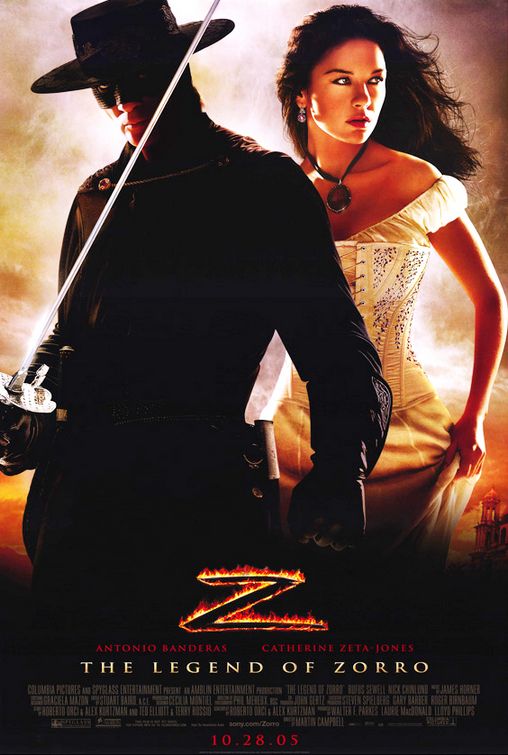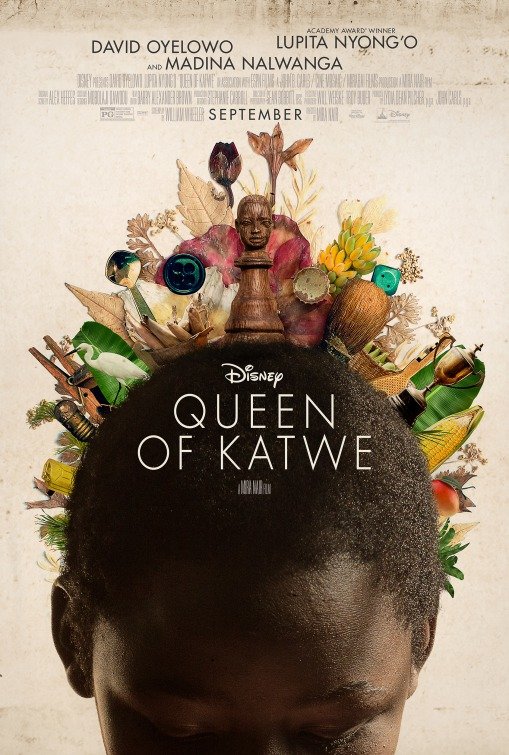Invisible Universe Launches Latest Preschool Series, LOVIE
By Movieguide® Contributor
Recently, Invisible Universe, “an internet-first animation studio,” launched a new franchise focused on the adventures of LOVIE, a heart-shaped girl, as she navigates her feelings.
“As a parent, I know how important it is to create brands that can be both entertaining for kids and serve a purpose in their development,” Tricia Biggio, co-founder and CEO of Invisible Universe, said. “With LOVIE, we’re tapping into the comedy of Bluey with the lessons of Pixar’s Inside Out, and I think parents and kids alike will fall in love with the characters. My kids already have!”
The Hollywood Reporter, revealed:
The preschool-focused series available on TikTok, YouTube and Instagram centers on a five-year-old, heart-shaped girl. Lovie’s adventures in the fictional town of Charmvale will include her animated friends and family in the shapes of hearts, stars, flowers and clouds that match their unique personalities and will see its titular character changing color based on her feelings.
The latest addition to the Invisible Universe family is aimed at helping young viewers navigate their own emotions and will ultimately celebrate and promote social-emotional development for preschoolers through its lessons about making friends, handling disagreements and the importance of sharing.
While this may seem innocent enough, it is crucial for media-wise parents to vet and critique any and all media content to which their children have access. This is particularly important regarding a series aimed at preschool children. As Movieguide® Founder Dr. Ted Baehr has written:
Just as children spend the first 14 years of their lives learning grammar with respect to the written word, they also need to be taught the grammar of twenty-first-century mass media so that they can think critically about the messages being programmed for them.
So before families let LOVIE in, steps should be taken to ascertain the heart of the story of this heart-shaped girl.
Such steps include training the student to access, analyze, interpret, and create media messages:
Access means that the student not only has access to media delivery devices, such as a TV, computer, or VCR, but also understands how to them on, operate them and use them to deliver messages. A student can’t “access” a VCR if he doesn’t know how to plug in the various wires, insert a tape, record, and playback.
Analyzing means that the student comprehends the storyline or meaning of a program and understands how it may have been put together. Understanding a media program requires some comprehension of the way it was made.
Interpretation means that the student understands both the story and the agenda, which may be part of the underlying message. If the program is produced by a celebrity with an agenda, such as Oliver Stone, or sponsored by an advocacy group, such as the World Wildlife Fund, one can assume the producer or sponsor will use the program to promote their views. Some television networks have designed their programs to appeal to the world of singles who live together and who accept divorce and homosexuality. By doing so, they often stretch the bounds of acceptable programming.
Creating media messages helps the student understand what to look for in the media. When teenagers produce a creative short video, the script, actors, sets, shots, sounds, and scenery become important decisions. When I helped disenfranchised adolescents in New York City in 1978 and 1979 create media messages based on Jesus’s parables, many of these teenagers accepted Jesus Christ as their Lord and Savior and many became actively involved in their local church.



 - Content:
- Content: 

